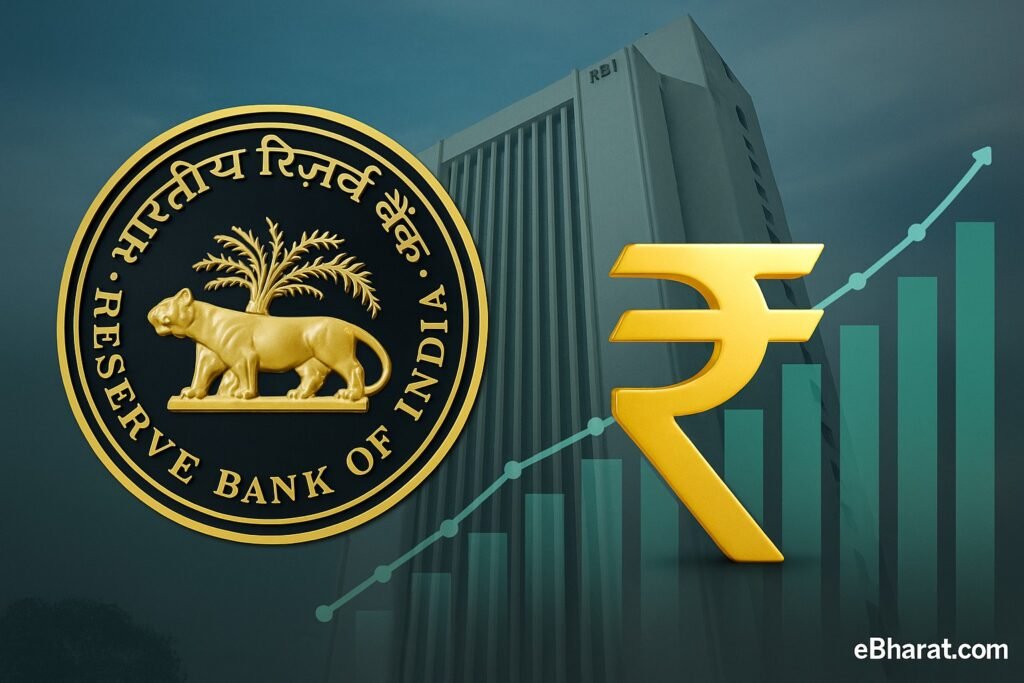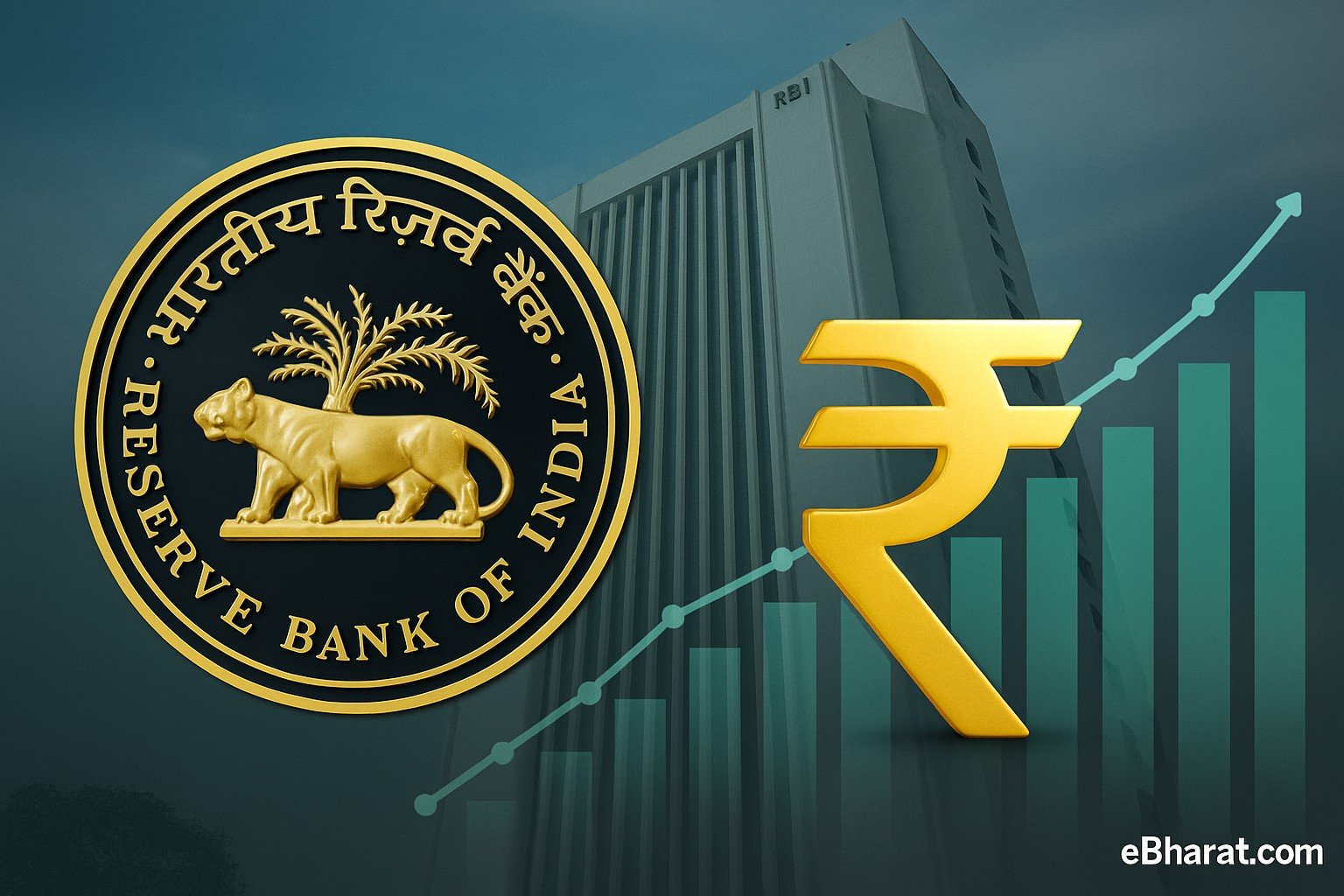
Mumbai | 01-oct-2025, 10:50 IST
Filed via RBI release and market reports
The Reserve Bank of India (RBI) has rolled out a new framework to handle liquidity in the financial system. However, it has chosen to continue using the overnight call rate (WACR) as its main policy target, which is the rate at which banks lend and borrow money overnight. By keeping WACR as the anchor, the RBI ensures stability and continuity in its monetary policy. At the same time, the central bank is adjusting some of its tools so that liquidity management becomes more efficient, predictable, and easier to understand for banks and market participants.
Framework Basics: Corridor System Remains
At the heart of the system, the RBI will continue to operate a symmetric corridor around the policy repo rate:
- Standing Deposit Facility (SDF) acts as the floor (below repo)
- Marginal Standing Facility (MSF) remains the ceiling (above repo)
- Policy Repo Rate continues at the centre of this corridor
The WACR, which reflects the average rate at which banks borrow and lend overnight funds, stays as the key indicator to ensure money market rates move in tandem with the repo rate.
Key Operational Changes
The biggest shift is in the instruments RBI will use to manage short-term liquidity:
- 7-day Variable Rate Repos (VRR) and Variable Rate Reverse Repos (VRRR) will now be the main tools for absorbing or injecting funds.
- The earlier 14-day VRR/VRRR operations, which had been the workhorse in recent years, will no longer be the centrepiece.
- Overnight to 14-day operations may still be used depending on market conditions, giving RBI flexibility.
- Longer-term instruments like OMOs (Open Market Operations), long-term repos/reverse repos, and FX swap auctions remain available to address durable liquidity mismatches.
To improve predictability, RBI committed to giving at least one day’s advance notice for its liquidity operations, except in urgent situations. This aims to reduce market uncertainty and improve planning for banks and investors.
The requirement for banks to maintain 90% of their CRR (Cash Reserve Ratio) daily has been left unchanged.
Why RBI Retained WACR
Analysts say keeping WACR as the operating target ensures that policy transmission remains smooth. By anchoring short-term rates around the repo rate, the RBI can better guide borrowing costs across the economy.
Switching to 7-day operations makes liquidity management more nimble. Longer operations had sometimes led to mismatches and added volatility. Shorter tenors allow RBI to adjust liquidity conditions more precisely in line with government cash balances, foreign inflows/outflows, and seasonal demand for credit.
Market Reaction
Bond and money market participants welcomed the continuity on WACR, noting that it maintains clarity for pricing of short-term funds. Some traders expect more frequent, smaller liquidity injections/absorptions, rather than large, less predictable swings.
Banks and NBFCs will watch closely how these changes affect interbank borrowing costs and the pass-through to lending and deposit rates. With liquidity often tightening around tax outflows or festive credit demand, RBI’s ability to fine-tune operations will be tested.
Outlook
The revised framework reflects RBI’s balancing act: retaining a familiar anchor in WACR while modernising its liquidity toolkit. For markets, the focus will now shift to how effectively RBI holds overnight rates near the repo in the weeks ahead.
If successful, the new framework could lead to smoother money market conditions, improved monetary transmission, and reduced volatility. For investors, it means monitoring not just the repo rate, but also RBI’s pattern of 7-day VRR/VRRR auctions and signals on durable liquidity management.













